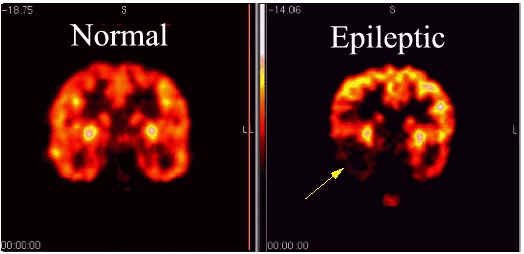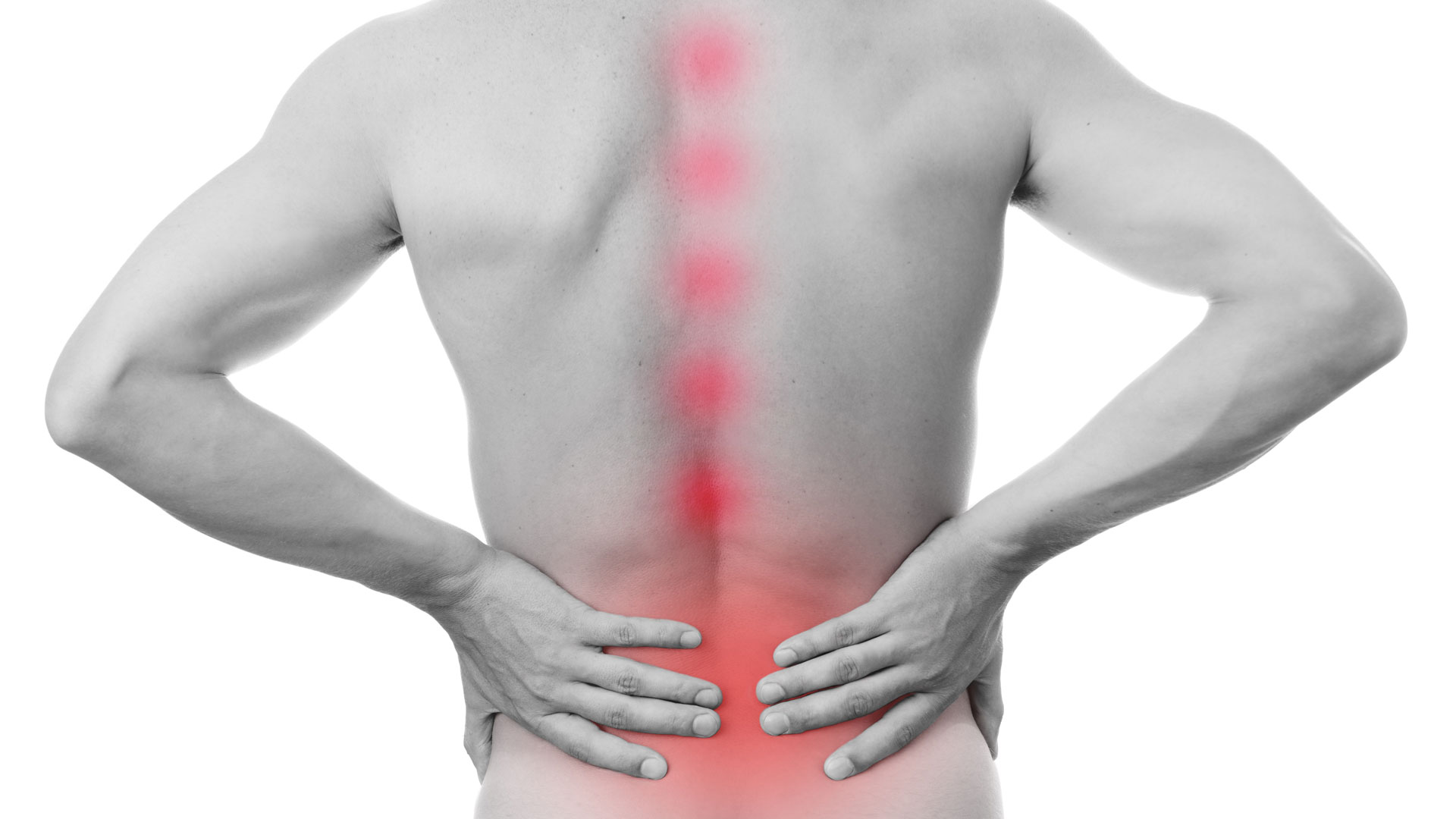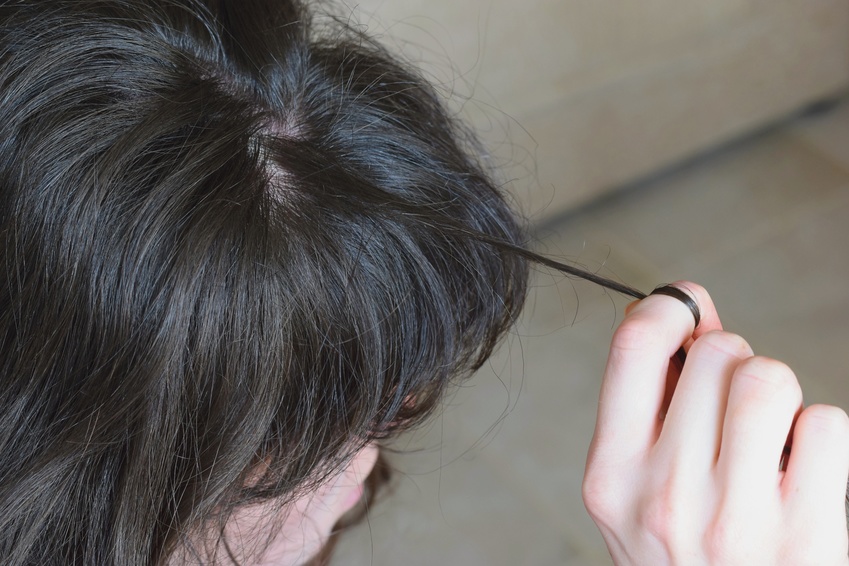Dysmenorrhoea means painful menstruation of sufficient magnitude so as to incapacitate day to day activities.
Types
It is divided into two types.
- Primary dysmenorrhoea
- Secondary dysmenorrhoea
Primary dysmenorrhoea (spasmodic)
The primary dysmenorrhoea is one where there is no identifiable pelvic pathology.
Incidence
The incidence of primary dysmenorrhoea of sufficient magnitude with incapacitation is about 15-20%. With the advent of oral contraceptives and non steroidal anti inflammatory drugs, there is marked relief of the symptom.
Causes
The pain is related to dysrhythmic uterine contractions and uterine hypoxia.
- Abnormal anatomical and functional aspect of myometrium.
- Uterine myometrial hyperactivity
- Role of prostaglandin-
In ovulatory cycles, under the action of progesterone, prostaglandins are synthesized from the secretory endometrium. prostraglandins are released with maximum production during shedding of the endometrium.
The possible cause of pain owing to JZ changes .
There is increased vasopressin release during menstruation in women with primary dysmenorrhoea.
The persistence of pain in cases even treated with antiprostagladin drugs.
Vasopressin increase prostaglandin synthesis and also increases myometrial activity directly. It cause uterine hyperactivity and dysrhythmic constraction - ischeamia and hypoxia - pain.
- Endothelins - causes myometrial smooth muscle contraction, specially in the endometrial junction (JZ).
Local myometrial ischemia is caused by endothelial and PGF aggravated uterine dysperistalis and hyperactivity.
- Platelet activating factor(PDA)
It is also associated with the aethiology of dysmenorrhoea as it's contraction is found high.
Patient Profile
Primary dysmenorrhoea is predominantly confined to adolescent girls. It is usually appear within 2 years of menarche. The mother and her sister may be dysmenorrhoea. It is more common amongst girls from affluent society.
Clinical Feature
- The pain begins the few hours before or just with the onset of menstruation. The severity of pain usually lasts for few hours, may extend to 24 hours but seldom persist beyond 48 hours The pain is spasmodic and confined to lower abdomen, may radiate to the back and medial aspect of things.
- Nausea/vomiting
- Fatigue
- Diarrhea
- Headache
- Tachycardia
- Cold sweat
- Lower abdominal pain
- disorientation
Secondary Dysmenorrhoea
secondary dysmenorrhea is normally considered to be menstruation associated with pain occuring in the presence of pelvic pathology .
Cause of Pain - The pain may be related to increasing tension in pelvic tissue due to premenstrual pelvic congestion or increased vascularity in the pelvic organs.
Cause of dysmenorrhea of secondary dysmenorrhea
- Chronic pelvic infection
- cervical stenosis
- pelvic endometriosis - This is the most common cause of secondary dysmenorrhea, which can be visually confirmed by laproscopy in approximately 70% of adolescents with dysmenorrhea
- uterine fibroid
- IUCD
- pelvic congestion
- pelvic adhesions
- adenomyosis
- ovarian cyst
- leiomyoma
Patient profille - The patients are usually in their thirties, more often parous and unrelatedto any social status.
Clinical feature
- The pain is dull, situated in the back and in front without any radiation. It is usually appear 3-5 days prior to the period and relieve with the start of bleeding.
- The onset of the pain is depends on the pathology producing the pain.
- There is no systemic discomfort unlike primary dysmenorrhea .The patient may got some discomfort even in between periods. There are symptoms of associated pelvic pathology.
Treatment
Medicines
- NSAID like ibuprofen
- Birth control pills
- Hormonal pill
Differential Diagnosis
- Pelvic inflammatory disease
- Ectopic pregnancy
- Interstitial cystitis
- Chronic pelvic pain
HOMOEOPATHIC REMEDIES OF DYSMENORRHEA
- Cimicifuga
- Belledona
- Colocynth
- Melilotus Alba
- Caulophylium
Cimicifuga
The spasmodic dysmenorrhoea is the predominant symptom of
this remedy Patient complaints of pain
in lower abdomen pain which is usually start on the first day of menstruation.
Pain persist until the flow ceases. This is best suited usually young unmarried
females. Many times the uterus is not development properly. Bearing down
sensation with pressing pain in uterine region. Pains are shifting from one hip
to another. There is severe backache.
Menses are suppressed or scanty and offensive.
Nervousness during menstruation.
Menstruation blood is blackish and partly clotted. The
flow does not ameliorate the pain. The muscular pains are associated with
uterine disturbances. More flow greater the pain. It especially acts upon the
patient of dysmenorrhoea with rheumatic complaints. There is marked soreness
and stiffness of back. Shooting and throbbing pain in the head followed by
nausea and vomiting.
All mental as well as physical symptoms are aggravated by
menstrual flow is the characteristic symptom of cimicifuga and better by warmth
in general. Headache after uterine discharge. Patient is always sad and
hysterical.
Belledona
The congestive dysmenorrhoea is well marked symptom of
this medicine.
Pain comes suddenly and disappear suddenly. Sudden and
violent onset is the key of this remedy.
There is profuse menstrual flow. Vagina is dry and hot. There is severe
inflammation and the part becomes very sensitive. Dragging pain around the
loins. Menstrual flow is bright red in colour. Uterus is sore and irritated.
This is an acute and short acting remedies.
Inflammatory condition of the body or particular organ
with violent pain and intense heat.
Modalities - Bell is aggravated by touch, motion
and cold air and better by rest, and warm room.
Colocynth
There is dysmenorrhoea with copious bleeding. There is colicky pain in abdomen, sometime nausea and vomiting. Patient retches after vomiting till pain subsides.
Patient is better by hot fermentation. Hard pressure, bending double. The nerve plexus of the ovary or uterus is affected which gives agonising pain with great restlessness. Pains are more after eating and after anger.
Colocynth is an indicated remedy where patient complaints of severe neuralgic pains along the course of nerves. There is violent periodical or intermittent headache. Left side sciatica may be associated symptom.
Melilotus Alba
This is an indicated remedy for congestion and spasmodic dysmenorrhoea. Congestion is seen along the genital tract. Congestion of uterine mucuos membrane, ovaries, fallopian tube, which makes the patient restless. Menses are scanty and intermittent. Flow starts, stops and reappears after a gap of ten to fifteen days or so. Striking pain of external genitalia. Ovarian neuralgia. Throbbing headache with nausea and vomiting.
Modalities - Aggravated in rainy season, change of weather, by motion. Better by cold, rest, pressure.
Caulophylium
This is again a suitable remedy for spasmodic dysmenorrhoea. The patient has lack of tonicity of the womb. Before and during menstruation, there are spasmodic pains and patient complaints that fly in all directions. Great atony of the muscles of uterus, therefore the discharges stagnate in the uterine cavity. Uterus is ill developed or it is smaller than the normal uterus. Cervical is rigid and cervical meatus in pinholes. Pains are intermittent and come in paroxysms.
With spasmodic pain of dysmenorrhoea the patient also complaints of spasms of stomach with dyspepsia. Best suited to the person who is restless and easily excited. The patient is fearful and hysterical. These pain make the patient to change her position every few minutes. The patient is aggravated by cold and open air and better by rest and warmth.
The selection of homoeopathic remedies based on symptom similarities and doses according to the Susceptibility of patient.
Don't take homoeopathic medicine without any prescription / without any advise of physician







Comments